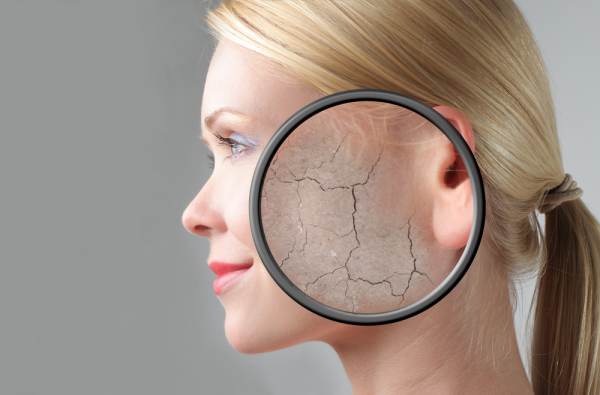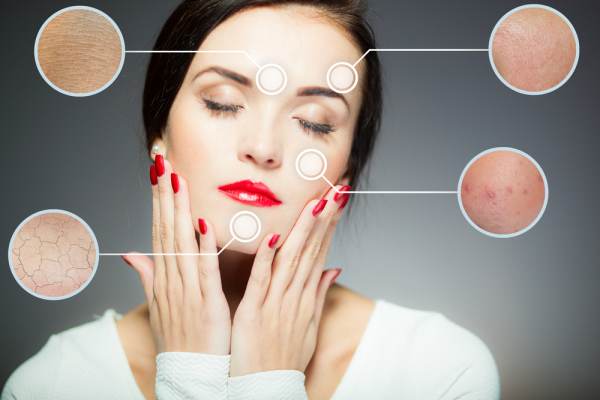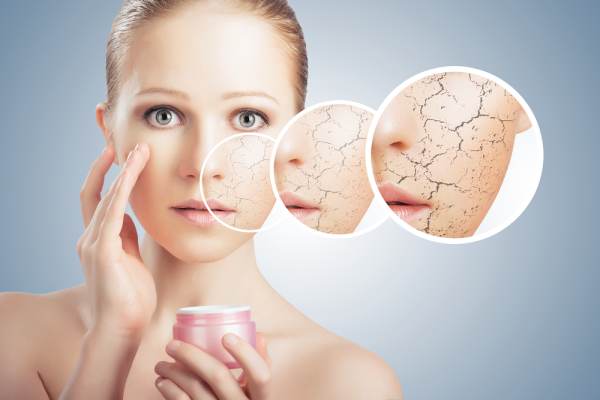Do you have extremely dry itchy skin that is also irritated, inflamed, scaly or flaky? You may be suffering from a condition called xerosis cutis! Don’t worry, xerosis is not a serious problem and many treatment and prevention methods are available for you to try.
But what exactly is this skin condition? Who are the most affected? What are its causes? What are the best xerosis cutis treatment methods? Find out the answer to all of your questions by reading through this article!
1. What Is Xerosis Cutis?

Xerosis cutis refers to unusually or extremely dry skin. The term comes from the Greek word “xero”, which translates to “dry”. It is a common skin problem especially in adults because of the skin’s inability to retain moisture due to aging.
This causes the oil and water in the skin which provide its hydration to become lost into the environment, leaving the skin parched.
Although this condition is often mild, temporary, and minor, it can cause extreme and prolonged discomfort. It is most prevalent during dry and cold winter months.
2. What Are The Symptoms Of Xerosis Cutis?

The following are the symptoms and characteristics of xerosis cutis:
- Dry skin that appears rough and dull
- Fine scales on the skin that easily flake off
- In more advanced and worse cases, fine to large cracks that resemble dry land may appear on the skin surface.
- Inflamed, itchy skin that may develop into red or pink patches
- A tight feeling on the skin especially after taking a bath
- White, dry, itchy, and scaly skin
- Redness or a bright pink hue which indicates irritation
Usually, symptoms of dry skin appear on the locations such as:
- The arms
- Legs, mostly on the shins of the front parts of the lower legs
- Torso or trunk, specifically on the side of the areas between the hips and the bottom ribs
- On the back of the hands
3. What Are The Causes Of Xerosis Cutis?

Dry skin is associated with a decline in the amount of natural oils present on the skin surface, typically due to environmental factors.
However, old age exacerbates the drying effect because the sebaceous or oil glands in the skin secrete less and less oil as we grow older.
This process also occurs earlier in women than in men, who naturally have oily skin with active sebaceous glands until they reach the age of 80. Women, on the other hand, lose about 40% of their sebaceous activity by the time they reach their 60s.
In addition to all of these, the following habits, conditions, or activities can also contribute to dry skin:
- Too much and too rigorous scrubbing and cleansing of the skin
- Taking showers or baths with extremely hot water
- Taking a bath too frequently
- Wiping or drying your skin with a towel too vigorously or too roughly
- Living in regions with low humidity
- Cold and dry season like winter and fall
- Having centralized heating at home or in your workplace
- Dehydration because of not drinking enough water or insufficient fluid intake
- Frequent, prolonged, or excessive exposure to the sun’s rays
Related:- IS YOUR SKIN GETTING DRYER EVEN AFTER APPLYING MOISTURIZER DAILY?
4. Who Is At Risk For Xerosis Cutis?

Due to the reasons mentioned previously, older people and women are more prone to xerosis, but dry skin in younger people and men are also pretty common.
The amount of oils produced by our sebaceous glands and the amount of sweat produced by our sweat glands are generally determined by our hormones. Since hormones and their levels differ between men and women, men tend to produce more oil.
Hormone levels also drop gradually as we age, leading to less active glands. Therefore, dry skin is common in people who are 65 years old and older.
Other diseases or risk factors that can make a person more prone to xerosis cutis include:
- Asthma or skin asthma
- Diabetes
- Hay fever
- Hypothyroidism
- Radiation
- Certain medications
In younger people, a condition called atopic dermatitis, or more commonly known as eczema, can also lead to dry skin. Eczema is exemplified by extremely irritated, itchy, and dry skin which can also develop blisters and hard scaly skin.
5. Xerosis Treatment Tips

Xerosis treatment focuses on relieving the symptoms and bringing back moisture to your dry skin. You can follow these dry skin xerosis treatment adults will love at home:
- Moisturize regularly using creams based on oils rather than water-based ones. Oily creams work better in helping your skin retain its moisture. Water-based lotions may also cause further irritation instead of soothing and healing your skin.
- Look for lotions and creams that contain urea, lactic acid, or both.
- Use an over-the-counter topical steroid medication like 1% hydrocortisone cream and apply it onto very itchy skin. You can also ask your pharmacist to recommend a moisturizing product for you.
- Choose products labeled “cream” instead of “lotion” as these creams contain more oil.
- Although the effect of essential oils on xerosis is yet to be proven, it is a popular treatment
option. - A study recommends soothing agents like coconut oil to relieve itching and hold in moisture.
Related:- DRY FLAKY SKIN ON FACE? DON’T WORRY HERE ARE THE SOLUTIONS TO TREAT IT
6. How Can You Prevent Xerosis Cutis?

The following tips can help you prevent or minimize the severity of your dry skin. Most of these involve small changes in your daily routine.
1. Since dry skin is more common during cold, dry months, it may help to use creamier moisturizers during these periods.
2. Take shorter showers using lukewarm water instead of scalding hot water.
3. Do not spend extended amounts of time in hot tubs or swimming pools.
4. Pat your skin dry with a soft towel instead of rubbing or wiping off excess water.
5. Use a humidifier at home in order to increase the air’s humidity.
6. Use gentle cleansers that do not contain alcohol, fragrances, or dyes which can worsen your skin’s condition.
7. Drinking plenty of water, at least two liters per day can also help relieve the symptoms and prevent xerosis from worsening.
8. Avoid using harsh soaps especially on the affected areas of the skin. Choose mild moisturizing soaps with essential oils instead.
9. Avoid rubbing, scraping, or excessive scratching of dry skin areas.
10. Use oil-based moisturizing lotions every day after each bath or shower especially during winter.
11. Apply sunscreen every day even if you don’t plan to go outside.
Although dry skin cannot always be prevented, there are simple ways to protect your skin as much as possible. These involve small habitual changes and extra attention on giving your skin the moisture that it needs.
“Hope you find the post helpful and we are excited to hear what you think of it!”






